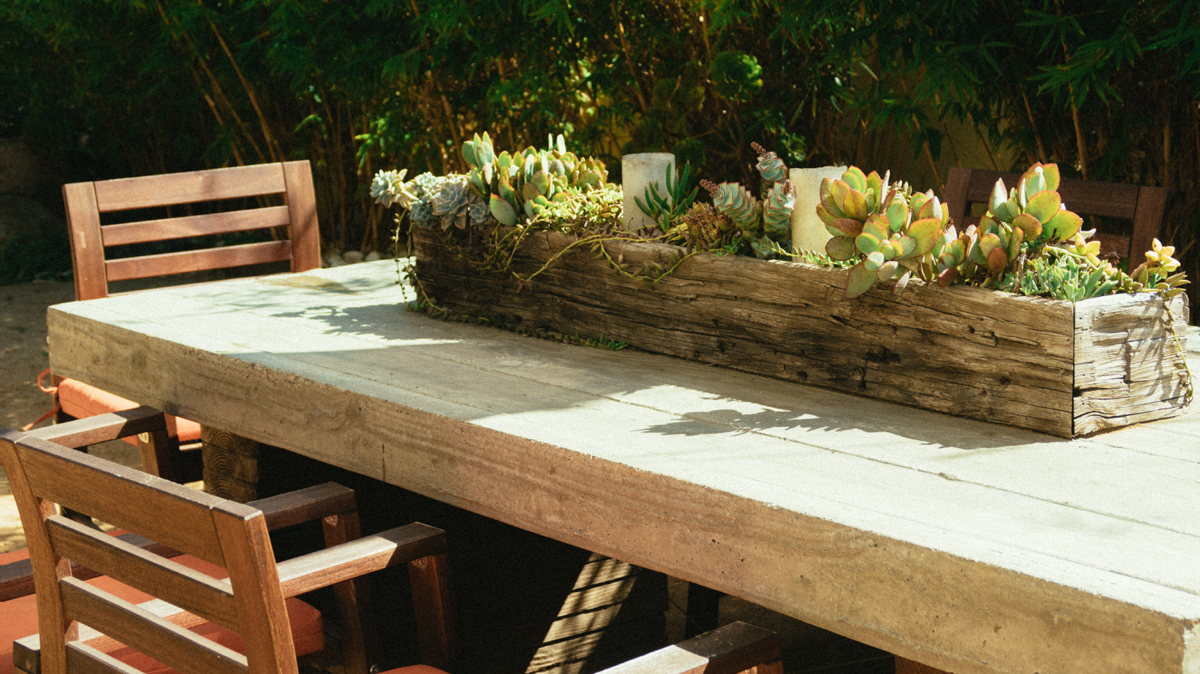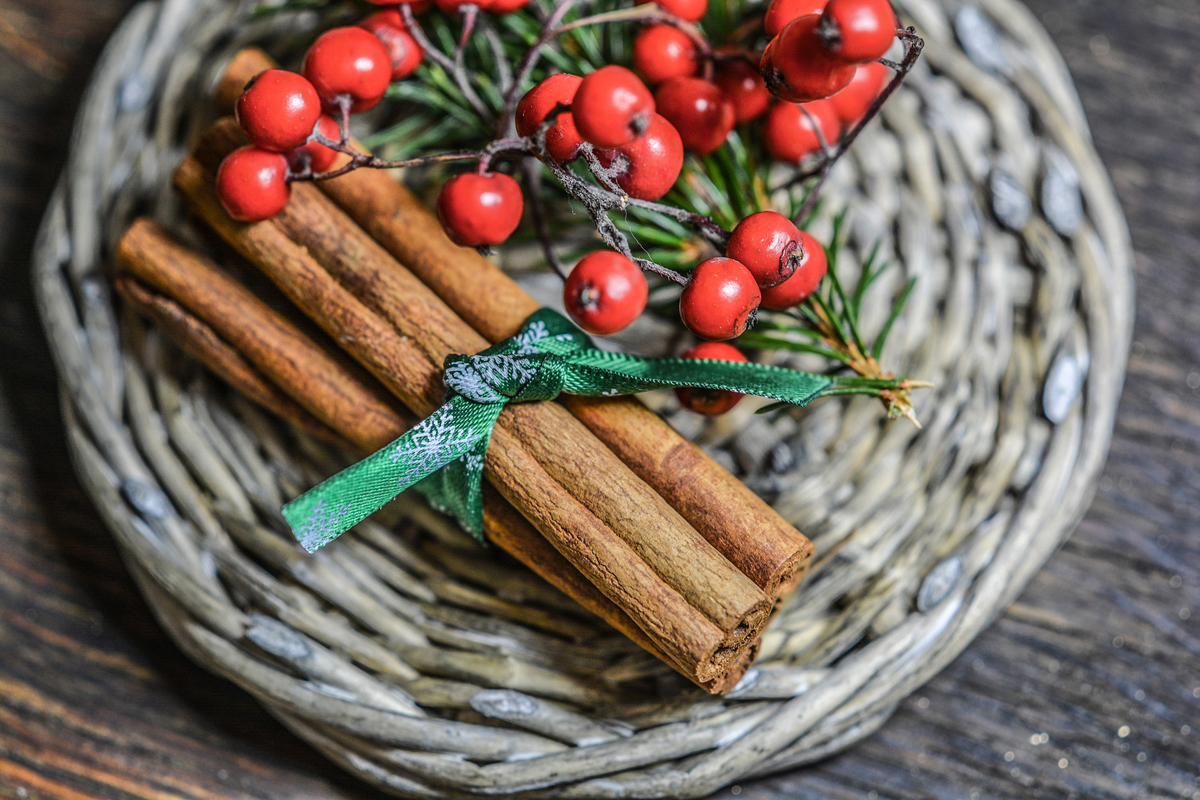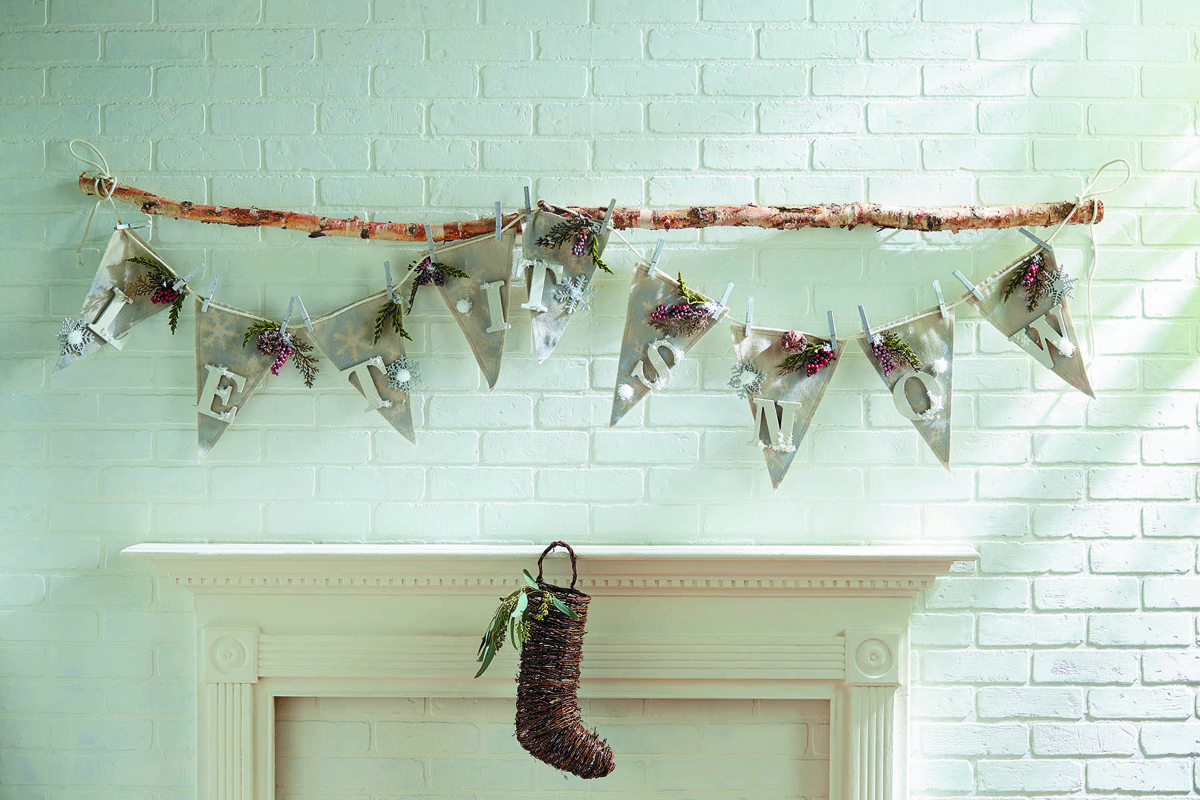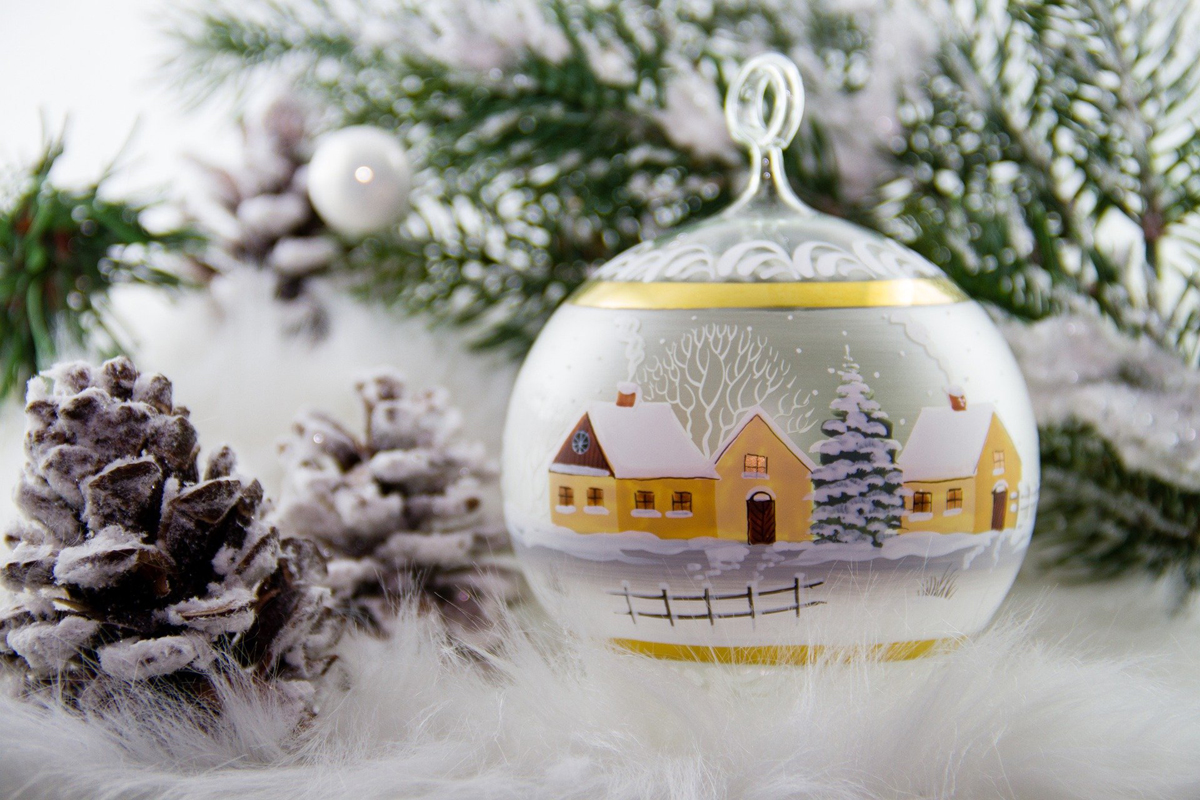The Best Preservative for Wooden Sheds, Lawn Furniture, and Other Outdoor Wood Items

Paint, steel, and plastic items outdoors detract from the natural appearance many of us enjoy. If colors and shapes aren’t coordinated right, the overall impression can be clutter.
I prefer the warm feeling of nature and try to maintain the peaceful feelings I derive from nature in what I buy or make for my back yard, be it sheds, lawn furniture, or other yard decorations.
There’s nothing like the appearance of unpainted wood which gets more pleasant to look at as it naturally ages.
I used to paint or seal wooden items I made for the outdoors, but noticed that simple, unpainted wood sometimes lasted longer than painted or sealed wood. “Why is that?” I asked. I didn’t learn why until I attended a seminar at work about wood preservation.
The presentation was about a way to protect wooden decks from UV degradation with a new type of wood sealer. This sealer would keep wood looking fresh for an extended period of time. A great idea, but to me, fresh cut wood doesn’t have the natural beauty and charm of weathered wood.
During this presentation, the presenter talked about how people in the Far East preserved their wooden pagodas for centuries by using careful design and maintenance practices. They would periodically disassemble and reassemble the pagodas in a way that exposed fresher surfaces to the environment.
Here’s what I learned.
1) Unsealed wooden structures can last for centuries outdoors if designed and maintained properly. The secret is “DRY”.
2) One of the worst enemies to dry wood is sunlight. The ultraviolet rays from the sun can actually break apart the molecules on the surface of wood and eventually erode it away. Sunlight can remove about 1/4 inch of wood surface per century.
3) Insects, fungi, bacteria, mold, and other critters depend on moisture to do their damage. Termites, for example, need to build tunnels from the ground to the wood they are infesting to get moisture into their burrows. (Exception: Formosan Termites… which I have to study in more detail… which can infest a tree high up.)
Tips for Taking Care of Fine wood Furniture
4) Any moisture (liquid water) in wood supports decay, so it is very important to eliminate it and keep it away from the wood with proper use of vapor barriers, venting, landscaping, and temperature control. ANY means by which water can get into wood has to be considered and prevented.
- Sealed wood can trap moisture inside the wood. Wood has to breath to allow moisture to escape.
- Water runs downhill. So proper drainage is a MUST.
- Water vapor (a gas) is lighter than air and will go up. (Just like a helium filled balloon.) Water vapor needs a way to escape so it doesn’t condense on the wood and keep it moist. Venting near the top of a structure can aid this. (Think ridge vent.)
- Water on a surface that is warmer than the surrounding air will evaporate. So ways to keep a wooden structure warm and well ventilated will help keep the wood dry. (Think thermal mass at night, venting during the day.)
- Vapor barriers must be put into place to control wicking from the soil, or from the ends of cut wood. This can be accomplished with tar, felt, metal or UV resistant plastic flashing, even paraffin wax. (Remember, wood is a great wick.)
Professional architects are trained in these matters. But it’s not hard to consider potential problems with moisture if you understand the basic nature of water and water vapor.
The Author:
Eric Miller is a retired Senior Research Scientist in the field of consumer products. Projects involved furniture polish, varnishes and lacquers, floor polishes, air fresheners, candles and an array of research projects involving thin films, allergens, artificial intelligence, futurism, lab robotics, test methods, and project management. Team leader experience.








